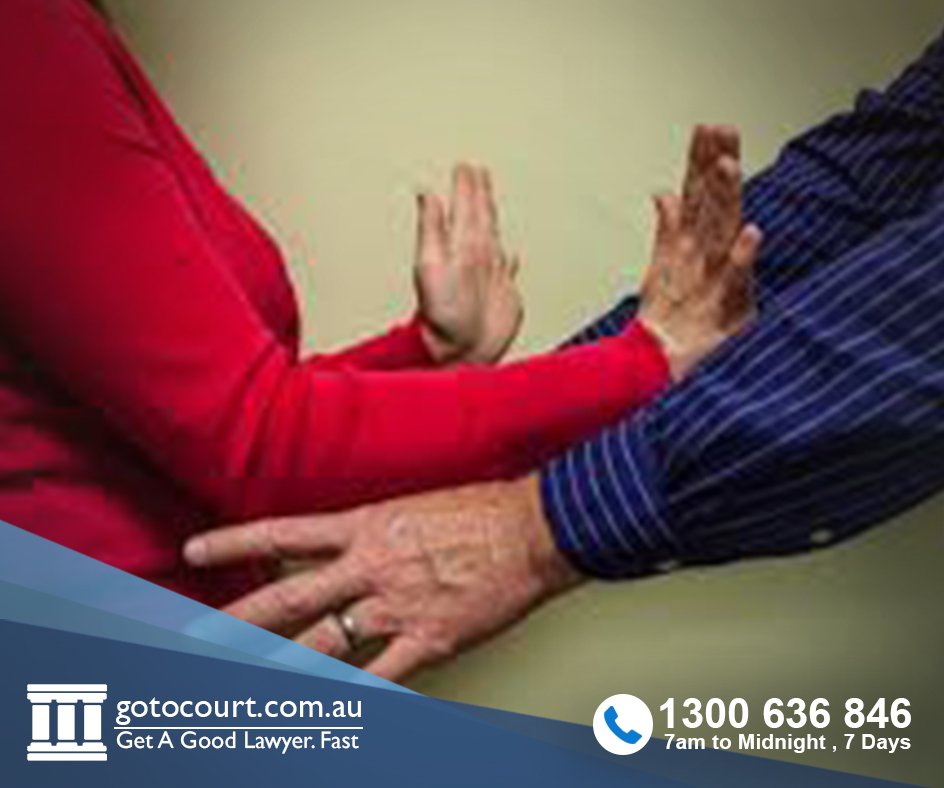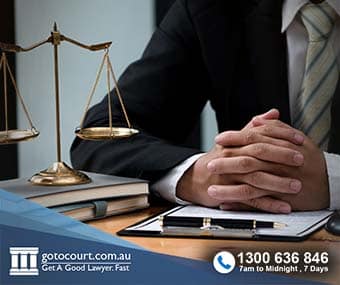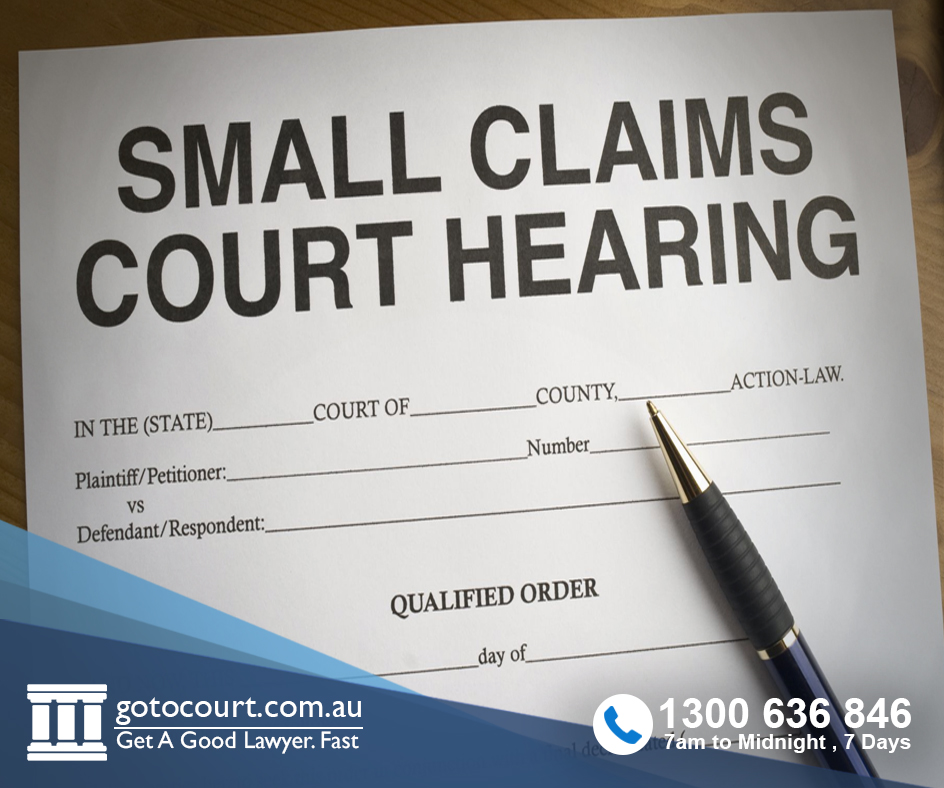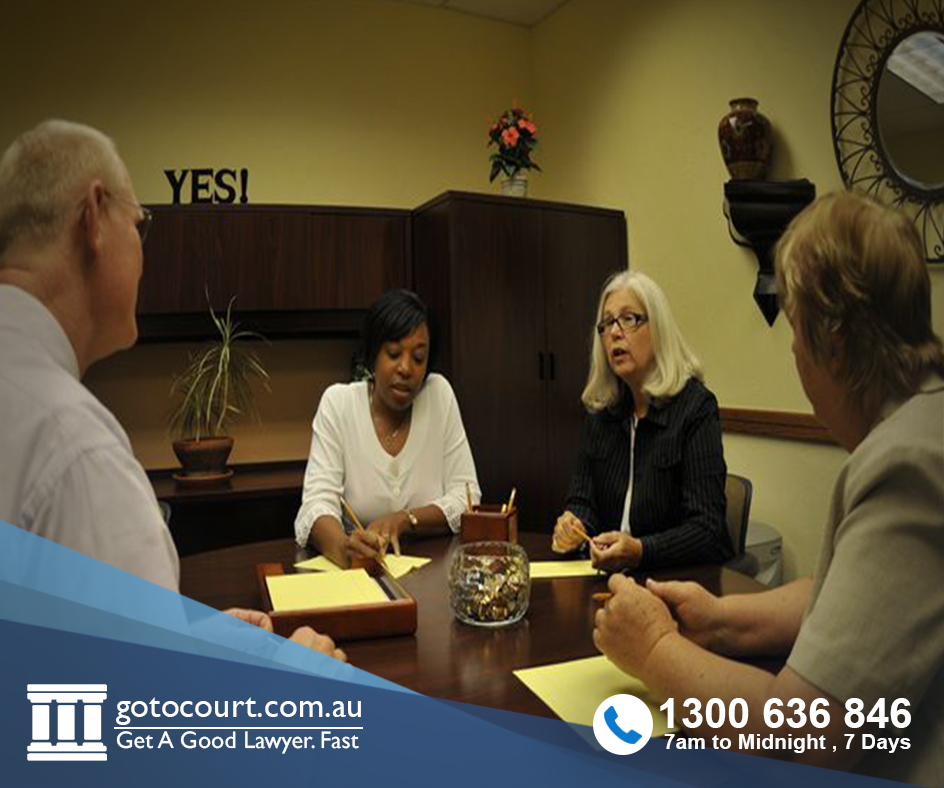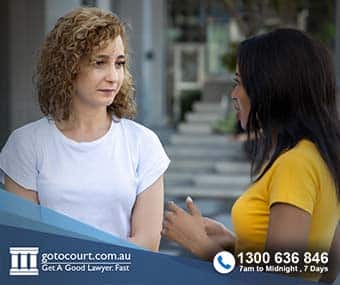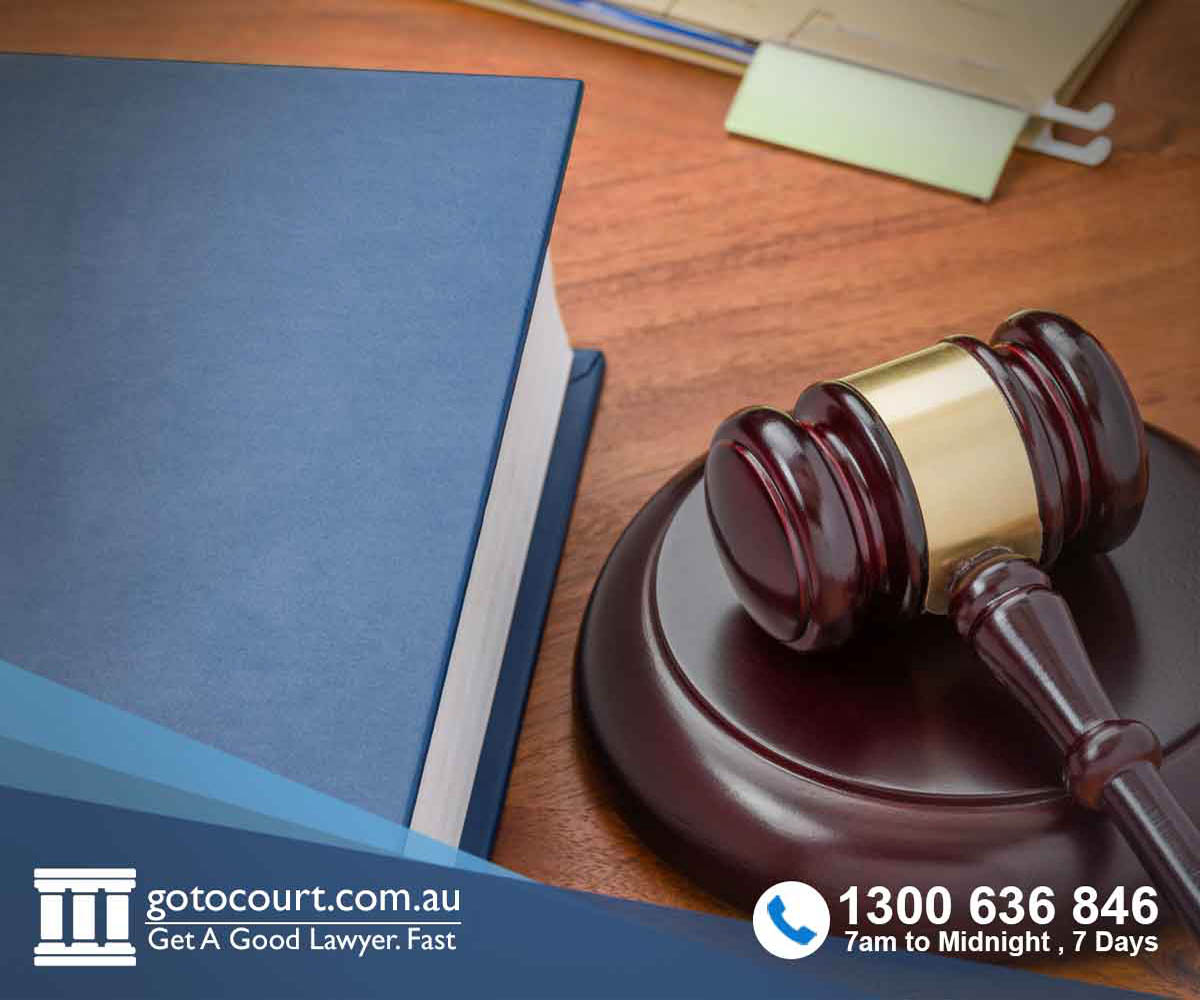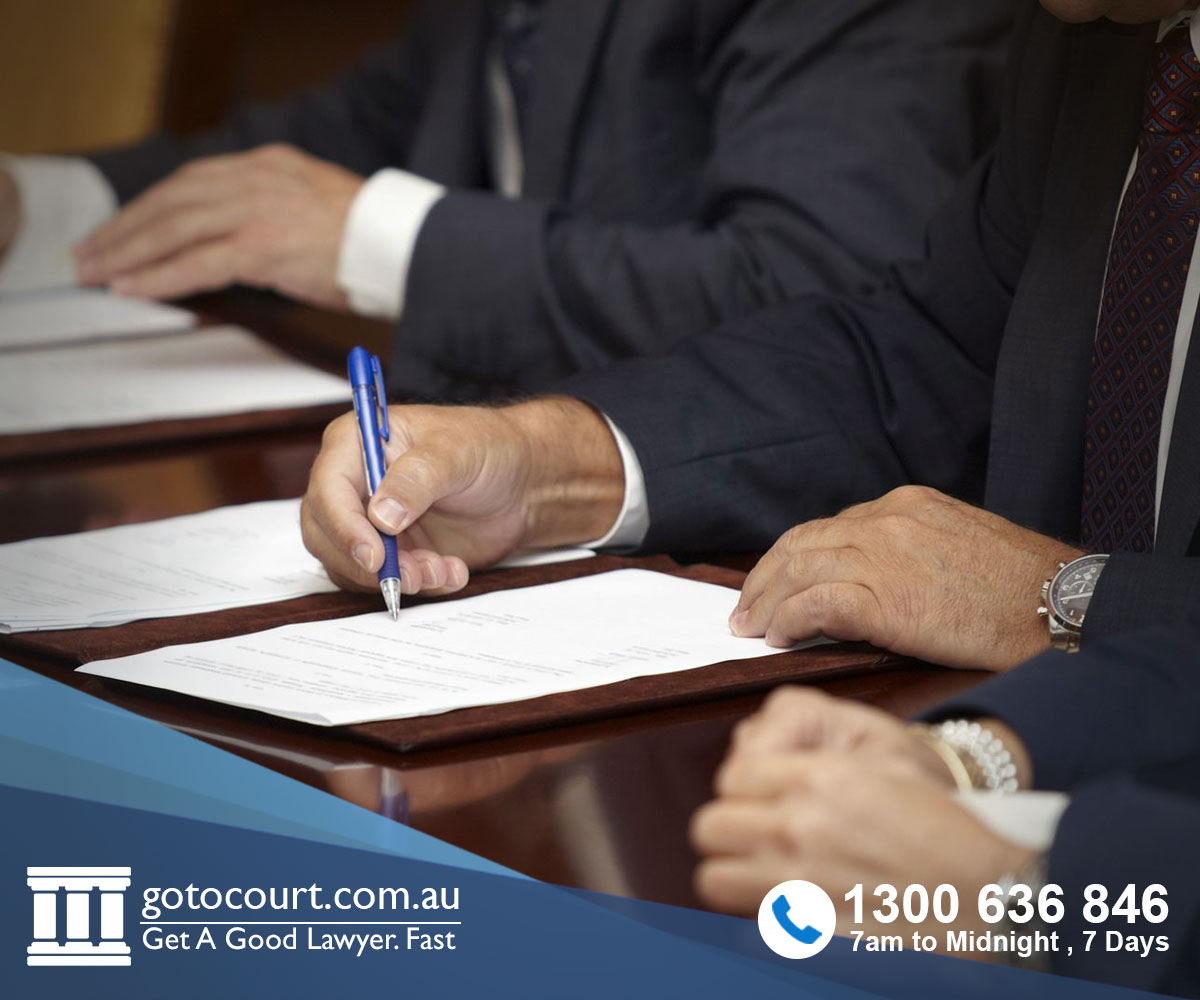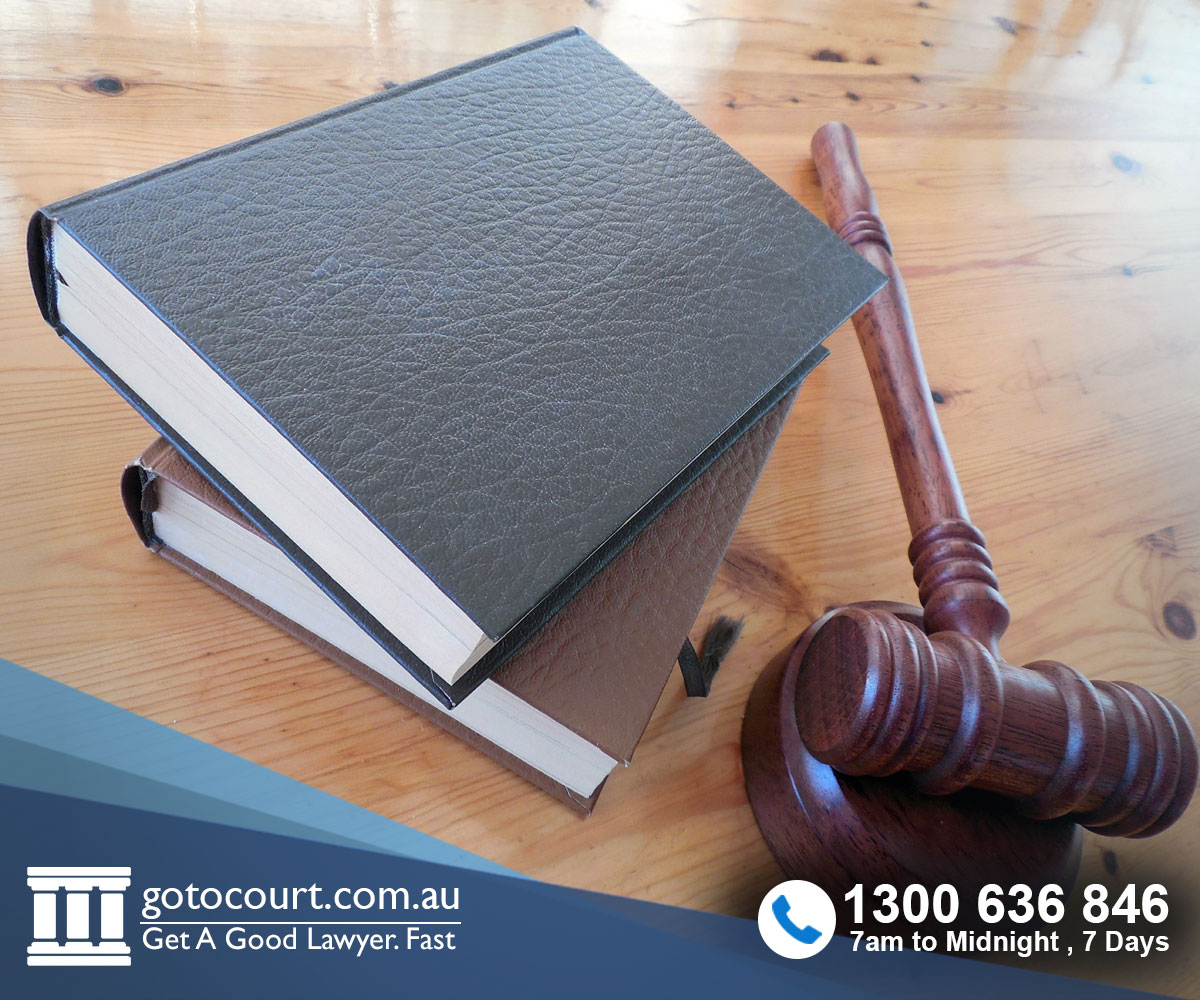Call our lawyers
now
or,
have our lawyers
call you
Contributory Negligence
Updated on Nov 03, 2022 • 4 min read • 882 views • Copy Link
Contributory Negligence
Contributory negligence arises when a plaintiff’s lack of care contributed to the harm or injury they suffered. It can be advanced as a full or a partial defence by a person being sued for the tort of negligence. Whether a plaintiff was contributorily negligent will depend on whether they failed to take the standard of care a reasonable person would have taken in the circumstances. If the court is satisfied that a plaintiff was contributorily negligent, this can reduce or eliminate the defendant’s liability for the injuries or harm suffered.
Full or partial defence?
Whether the contributory negligence of a plaintiff amounts to a full or only a partial defence depends on the extent of the plaintiff’s negligence and whether the defendant was also negligent. If the plaintiff’s negligence was such that they are wholly responsible for the harm or injury they suffered, then the defendant will be excused of any liability.
An example of contributory negligence as a partial defence is where a person walks out onto a road without looking and is hit by a car that is speeding. In this situation both parties have been negligent and the court must determine to what extent the plaintiff’s contributory negligence is responsible for his or her injuries.
An example of contributory negligence as a full defence is where a person walks out onto a road without looking and is hit by a car that is not speeding or driving in any way that is negligent. In this case, the plaintiff’s contributory negligence is 100%.
Contributory negligence is not available as a defence if the defendant’s conduct amounts to malicious or intentional wrongdoing as opposed to ordinary negligence.
What is the rationale for contributory negligence?
The principle of contributory negligence is that regard must be hard to the claimant’s share in the responsibility for the damage. A ‘just and equitable’ apportionment of the responsibility for the harm or injury suffered must be arrived at to reflect the respective culpability of both parties (ie to what extent each party departed from the standard of care of a reasonable person).
What is the effect of contributory negligence?
In some legal jurisdictions, such as North Carolina, contributory negligence by a plaintiff bars the plaintiff from recovering any damages. This is not the case in Australia.
In Australia, where a plaintiff is found to have been contributorily negligent, the award of damage they receive will generally be reduced by the same percentage as the plaintiff’s negligence. In the above example, if the court finds the plaintiff was 50% contributorily negligent for crossing the road without due care, the plaintiff’s award will be reduced by 50%.
Exactly how liability for contributory negligence is to be determined is set out in the Wrongs Acts of the various states and territories.
Burden of proof
As the defendant raises the defence of contributory negligence, the defendant bears the burden of proving that the plaintiff was contributorily negligent. This means the defendant must convince the court that the plaintiff failed to adhere to the standard of care that a reasonable person would observe in the circumstances.
For a defence of contributory negligence to succeed, the court must be satisfied that on the balance of probabilities, the plaintiff was contributorily negligent.
Can a child be contributorily negligent?
Australian courts have found children to be contributorily negligent in a range of circumstances. However, it is generally accepted that a child below the age of five cannot be contributorily negligent. The youngest child who has been found to have been contributorily negligent in Australia was a child aged five and a half who was found to have ridden his bike onto the road without due care.
The reduction of a child’s entitlements for contributory negligence is assessed based on the child’s state of knowledge and understanding. A child is expected to conform to the standard appropriate for children of the same age and experience.
Will contributory negligence affect your case?
If you are in the process of bringing an action in negligence, you should consider whether the defendant may argue that you contributed to the harm or injuries you suffered. If the defendant is arguing contributory negligence, how likely is this argument to succeed? Is it likely to succeed as a full or a partial defence? How is this likely to affect your claim?
If you would like legal advice on a civil law matter or on any other legal matter, please contact Go To Court Lawyers.

Affordable Lawyers
Our Go To Court Lawyers will assist you in all areas of law. We specialise in providing legal advice urgently – at the time when you need it most. If you need a lawyer right now, today, we can help you – no matter where you are in Australia.How It Works







1. You speak directly to a lawyer
When you call the Go To Court Legal Hotline, you will be connected directly to a lawyer, every time.


2. Get your legal situation assessed
We determine the best way forward in your legal matter, free of charge. If you want to go ahead and book a face-to-face appointment, we will connect you with a specialist in your local area.


3. We arrange everything as needed
If you want to go ahead and book a fact-to-face appointment, we will connect you with a specialist in your local area no matter where you are and even at very short notice.














